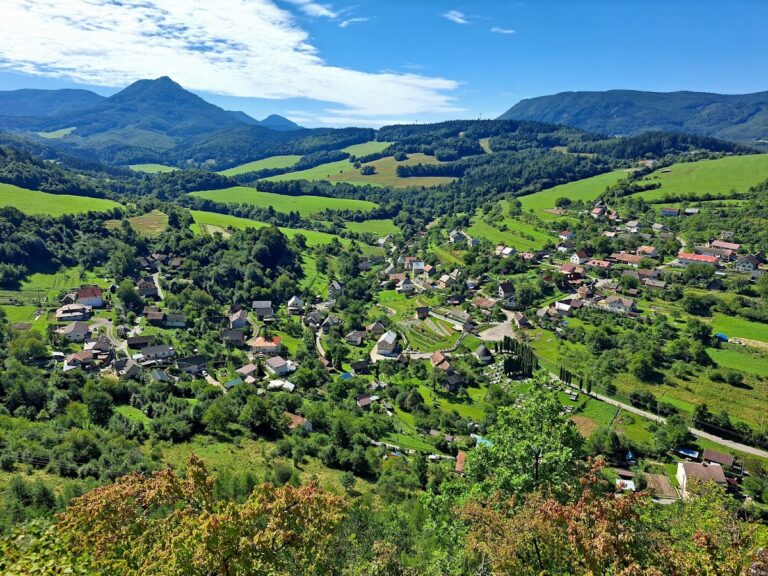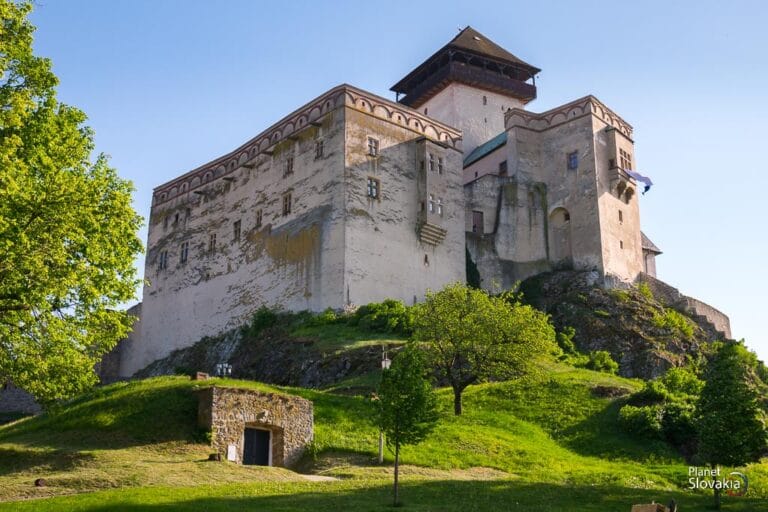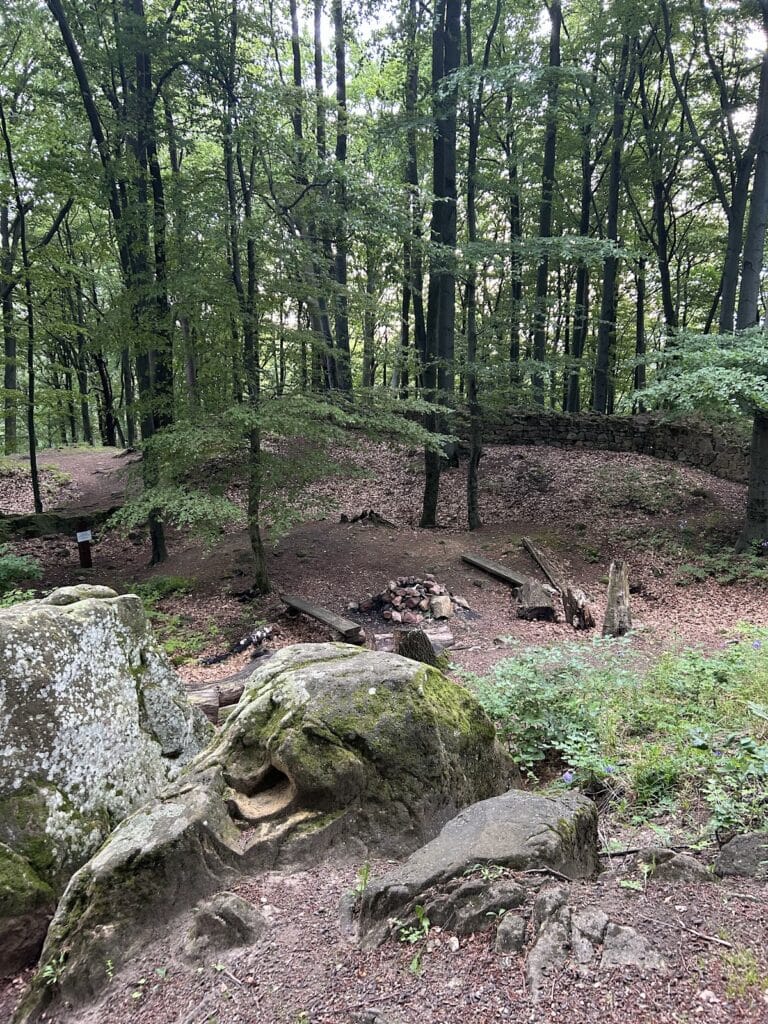Vršatec Castle: A Medieval Fortress in Slovakia
Visitor Information
Google Rating: 4.7
Popularity: Medium
Google Maps: View on Google Maps
Country: Slovakia
Civilization: Unclassified
Remains: Military
History
Vršatec Castle stands above the village of Vršatské Podhradie in Slovakia, originally constructed by medieval builders in the 13th century. Its creation followed the Mongol invasion of Central Europe, intended as part of a fortified network securing the northwestern border of the Kingdom of Hungary.
Before the castle’s construction, the area was home to ancient communities, including those of the Lusatian and Púchov cultures, and later Slavic tribes during the 9th and 10th centuries. The castle’s early history includes its establishment as a strategic defensive outpost featuring a central tower, which formed the heart of the fortification.
By the late 1200s, Vršatec Castle became part of the extensive domain held by the prominent noble Matúš Čák Trenčiansky. Ownership changed at the end of the 14th century, passing to Stibor of Stiborice around 1394 or 1396, marking a new chapter in its stewardship. During the following century, the castle underwent significant rebuilding efforts. The nearby settlement, originally known as Podhradhye and today called Vršatské Podhradie, is first mentioned in written records in 1439, highlighting its connection to the castle.
In subsequent generations, the castle was held by notable figures such as Queen Barbara and her daughter Elizabeth, along with various members of the lesser nobility. The 17th century brought further modifications, but the castle’s importance declined as nobles favored more accessible estate houses in the surrounding region, especially the manor located in Pruské.
Vršatec Castle’s lands encompassed several villages, including Bohunice, Červený Kameň, Pruské, Krivoklát, Tuchyňa, Výčapy, and Mikušovce, reflecting its role as a local administrative center. Its military fate was sealed by two destructive events: imperial troops set it on fire in 1680, and during Rákóczi’s uprising in 1707, the castle was deliberately destroyed using explosives by imperial forces. After the second devastation, it was never rebuilt and remained in ruins.
Remains
The castle’s ruins occupy the Vršatec rock formation, a naturally defensible outcrop rising above the village below. The fortification was organized around the upper castle, whose main feature was an internal tower that served as the primary stronghold against attacks. This tower stood at the core of the defensive system, supported by surrounding walls and structures adapted to the rocky terrain.
Built mainly of stone, the castle capitalized on the steep rock outcrop for protection, combining natural barriers with constructed fortifications. Over time, the complex saw expansions and renovations, particularly during the 15th and 17th centuries, which altered some of its defensive works though the inner tower retained its central defensive role.
Today, only the remains of these structures survive, presenting fragmentary outlines of the upper castle and the tower. The ruins have not been reconstructed since their early 18th-century destruction, preserving the castle’s ruined silhouette atop the hill.
The castle’s position close to the village of Vršatské Podhradie and its associated settlements remains evident from the arrangement of the ruins within the landscape. The site continues to be maintained by local volunteers dedicated to stabilizing and conserving the surviving fragments, ensuring that this medieval fortress remains part of the region’s historical record.










